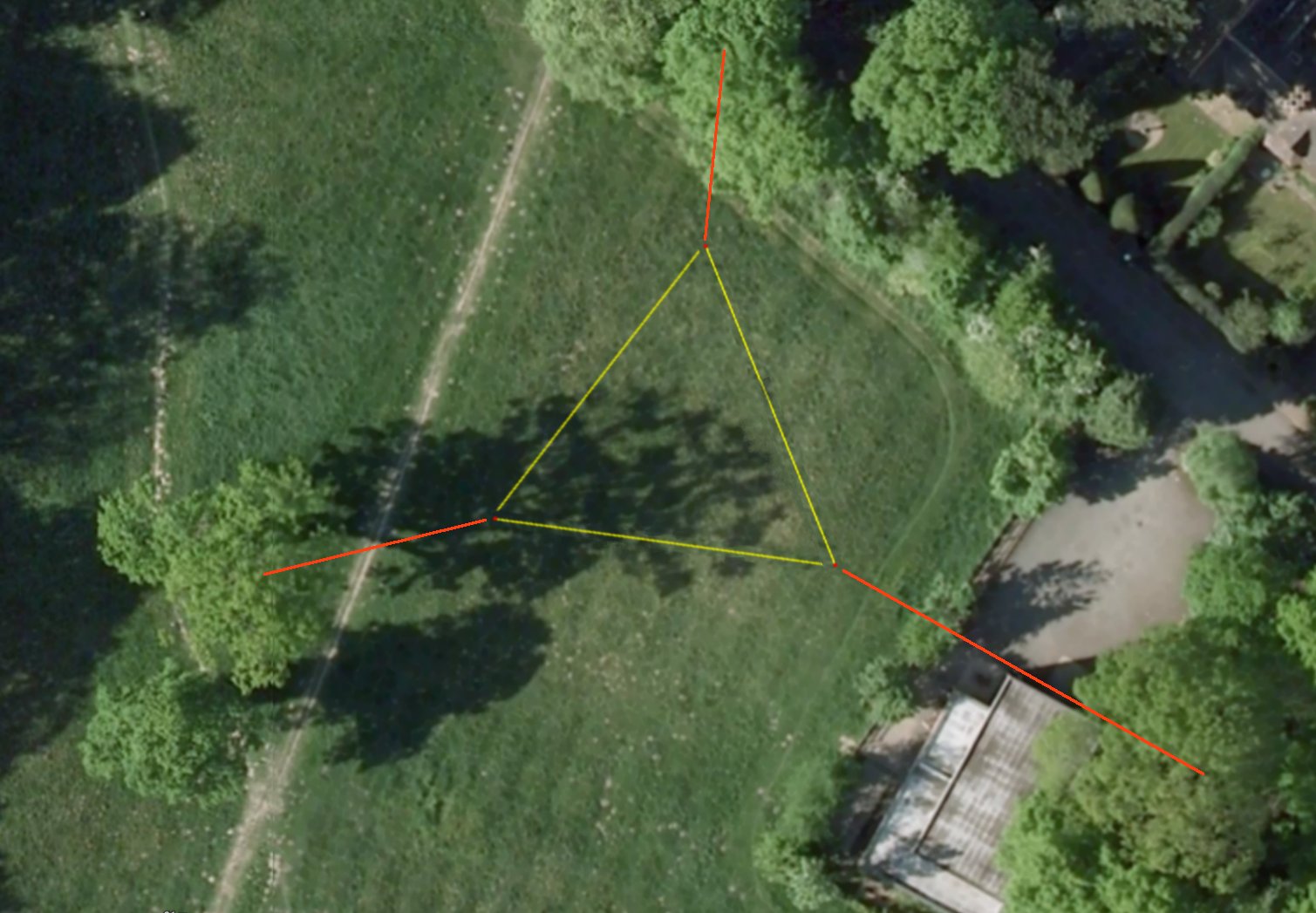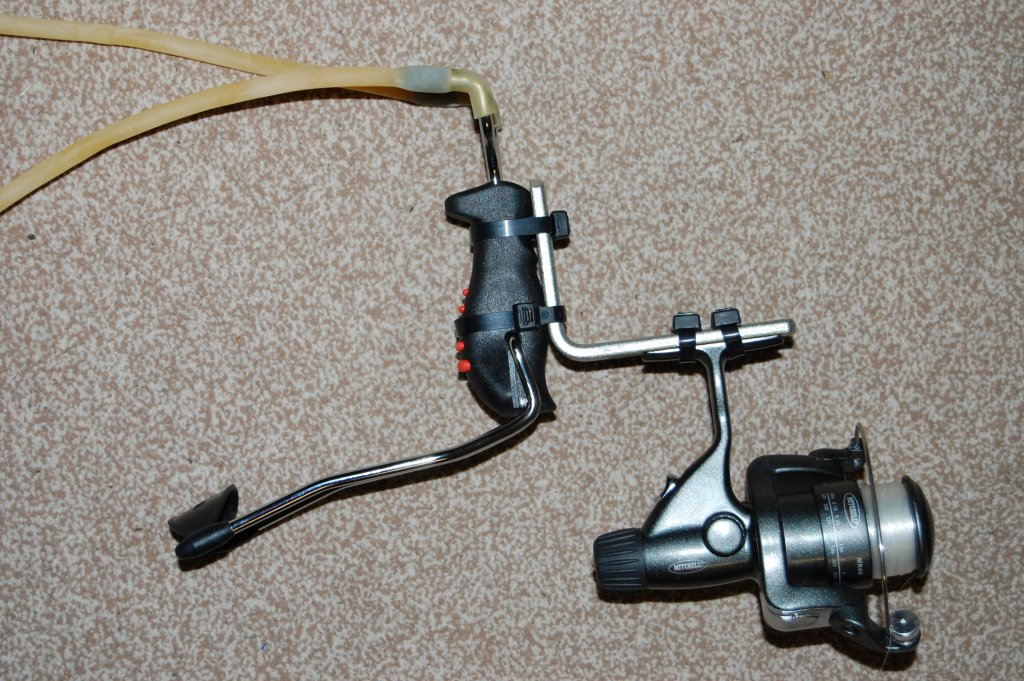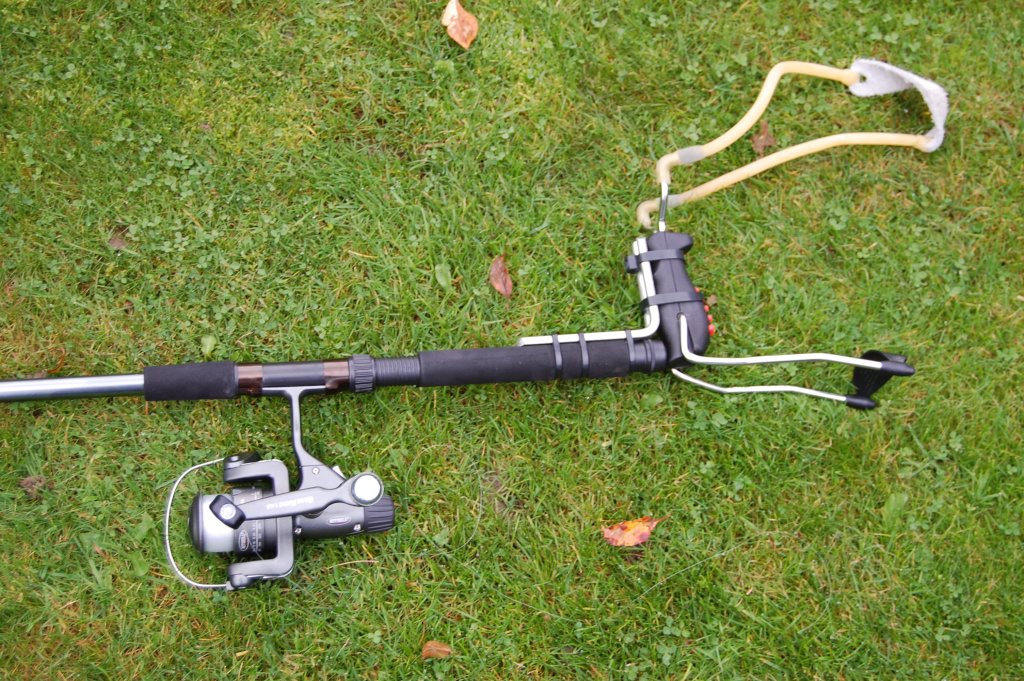My other recent article discusses our XXT Loop that relies on three very high trees equally placed as an equilateral triangle would be. Initially, my design focussed on a 2 wavelength loop for 80m. This required not only a serious amount of high quality copper wire but some extremely capable trees!
Cutting the design by half had some advantages, namely I needed only 80 meters of hard-drawn copper wire instead of 160 meters and I could trade off the whole of the scout field into something a little more manageable – three trees nearer the shack! Luckily, I recently found 600 meters of high quality enamelled antenna wire going for a song (eight quid actually!) which has assisted this experiment 🙂

Anyway, I drew this to scale using Google Earth and Paint Shop Pro and had my Cubs measure the trees one night as part of a badge (very satisfying!). It turns out that these trees are in the 85 to 100 feet feet category, the real Daddies of the local Oak Trees! Of interest, if north is “up” and the feedpoint is over on the far right, the major gain is over to the north west area (WNW to be precise).
Getting rope over the top of these trees was a real test and over the last few days I’ve been doing some major development work into designing something that will reliably shoot a fishing wire over the top of these. May I say now that once I had perfected the “gun”, it is certainly one of the most satisfying and exhilarating events to shoot a weight over the top of a 100 foot tree watching tens of meters of fishing line fly off every second as it lofts over its target. An amazing experience to have it all finally working in perfect unison.
I can hardly bring myself to tell you the precise details of how you can achive this since it cost me not only a few pennies in wasted fishing reels but many frustrating hours (days!) with various contraptions before I hit the nail on the head reliably every time. I know you can buy such “guns” in the USA, however if you really want to accomplish this on a home-brew front, you can either email me with a very grovely email or buy me copious amounts of beer in the local pub to extract the truth!

Since a picture paints many words, I’ve attached pictures of both failures and successes. In the catapult / fishing reel ONLY picture (the first one), the line is essentially too close to the catapult and upon launch, it snaps all too quickly or jerks the weight down to the earth immediately.
Using the extended fishing rod though means that the line is longer which takes up the initial jerk much better as it all takes off. The breaking strain is critical. Too low and it snaps, too high and it’s too heavy and doesn’t reach its target.
Finally the weight. I found that in most cases, a single 10mm heavy stainless nut was suffice. However late this afternoon, a particularly high tree was proving extremely difficult. I needed the projectile to travel further and ended up moving to three 10mm nuts. Exerting as much force as I could muster (more than ever before) I launched the three nuts at the top of the tree and whooosh, it all went over. Extremley satisfying since had I got that wrong, I could have easily crushed a finger or have the nuts fly off into the countryside somewhere. Quite worrying actually, all that force going wrong (indeed having my nuts flying off into the countryside would also have been worying!).

Of course, once the nylon line is over the tree, one has to track it down which easier said than done. Walking around a field looking like a dancing fairy with arms out-stretched to find the line has the locals glaring hard – but the most effective. I tried lacing ribbons and coloured string to track the projectile but this just caused jams and further problems.
Once found, attaching a strong cord is the next battle. Luckily, I have studied knots keenly over the last 18 months to become the district knot champ, however I soon learned that having a knot that would actually undo under pressure was best, not only for the weight on the line but also for the cord. The last thing you want is a stuck weight or cord up a tree. Before I worked this out, I lost about 50 meters of line in a tree in smaller increments. It glistens most interestingly in the sun. I only hope it breaks down and disintegrates next summer because the thought of it up there is most embarrasing. In the end, I discovered that applying small amounts of duck-tape so that in the event of a stuck line 100 feet in the sky, a hard pull would allow the weight to drop to the ground and the line to spring free. It’s a better solution.
I recently found some genuine American paracord from a supplier on eBay. It’s not cheap but it’s very strong and doesn’t seem to stretch much. I bought a 200 meter run. It has a 500 pound breaking strength so I’m guessing half that is a safe working load. Basically, if I can pull it with all my might, I’m happy. Attaching the line to the cord and pulling it over slowly normally did the trick – well, most times. Sometimes it doesn’t want to play so I discovered the best method of attaching my lines to my paracord to reduce that issue. I’m not telling you which method I discovered since that’s worth another pint of local ale!
Finally this afternoon, I am left with three trees with paracord running all the way up, all the way over and all the way down again. I’ve tied them off using step ladders so the local youths don’t muck with them.
Tomorrow is antenna build day. Wish me luck. I’ll let you know how I get on.
Post Script: Good news, the antenna worked a treat, see: https://www.m0mcx.co.uk/?p=138
73,
Callum.